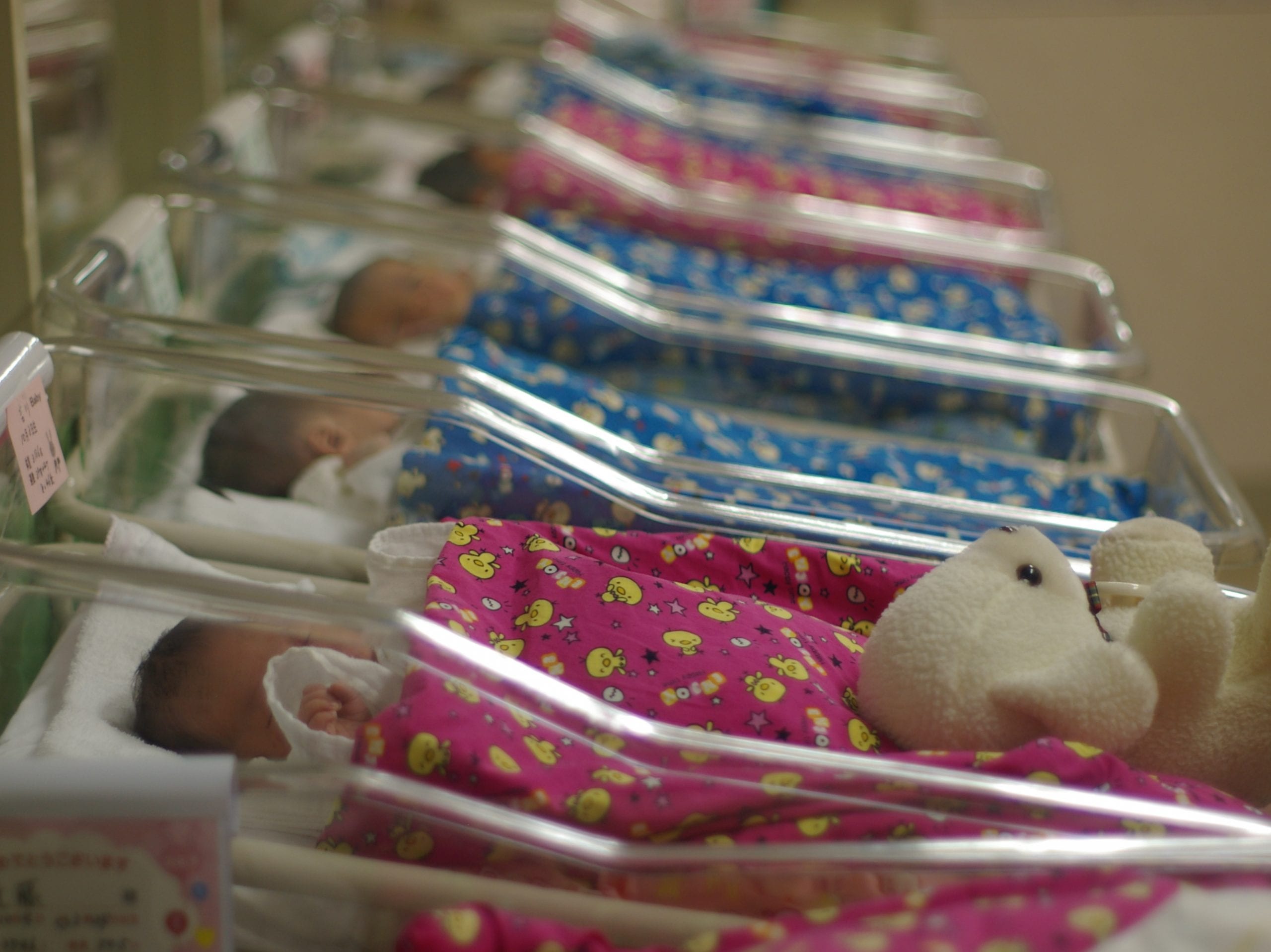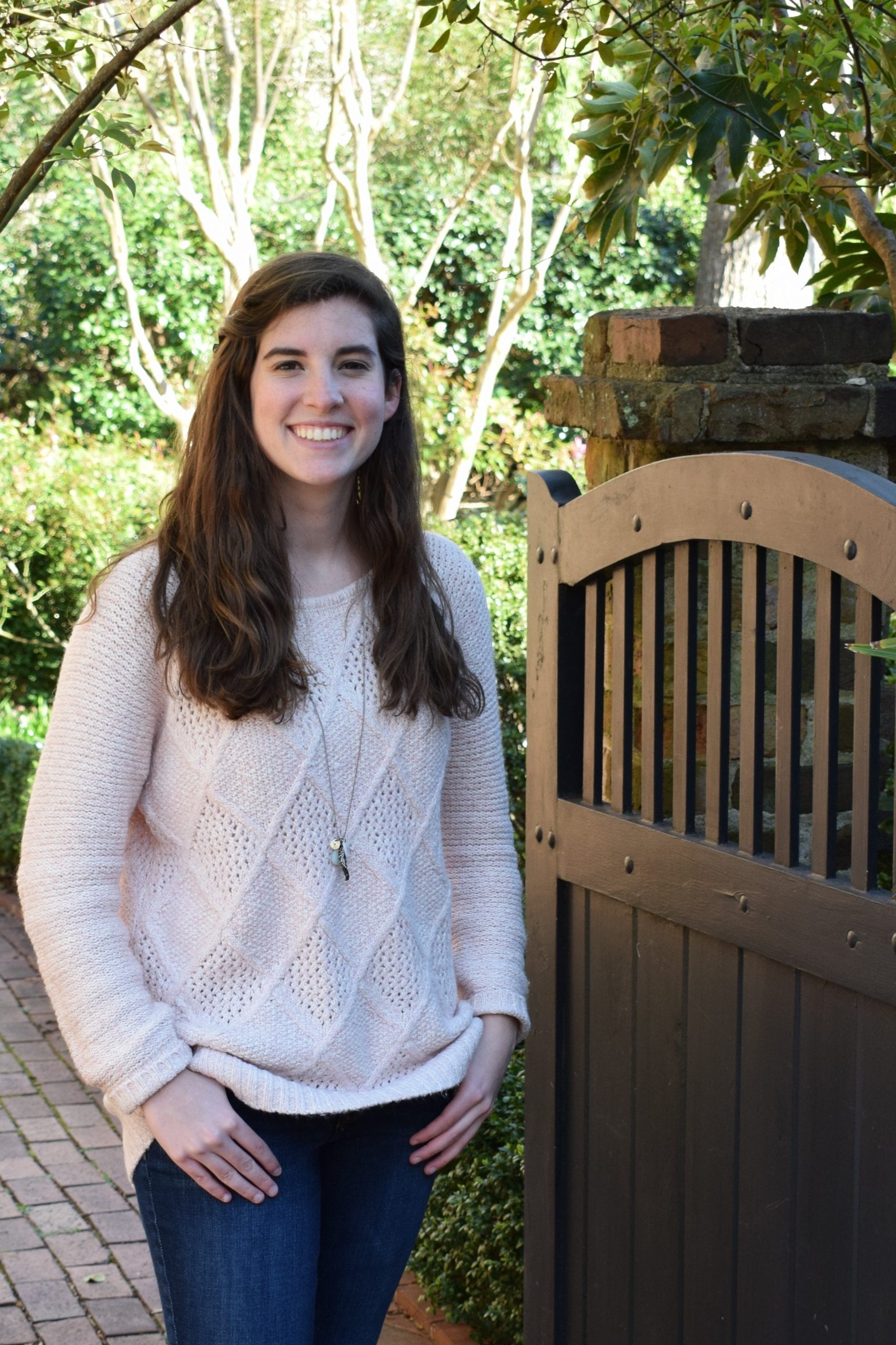The month of October is in full swing, bringing with it festive fall decor, cooler weather (unless you're here in Georgia), and also plenty of opportunities to get involved with health advocacy. In addition to spooky Halloween costumes, you may see many people walking around sporting pink in support of breast cancer awareness. But did you know that October is also Pregnancy and Infant Loss Awareness month?
This month of remembrance began in 1988 as a way to provide support for those who have suffered miscarriages, stillbirths, ectopic pregnancies, or the loss of an infant, and to educate the public on these issues. The loss of a child is nothing short of devastating. According to the World Health Organization, prematurity (being born before 37 weeks) is actually the leading cause of death in children under the age of 5.
As someone making their way through their twenties, watching friends start families and welcome children, I have heard far too many stories about couples losing a child to stillbirth, premature birth, or other complications. The United States alone has a premature birth rate of nearly 10%, with the state of Georgia tied for seventh place at almost 11%. Only about one third of babies born at 23 weeks survive, and those that do survive often have disabilities and other health complications.

Now, science and biomedical engineering may pose a solution to premature birth that could revolutionize the future of neonatal care: the artificial placenta. When every hour of every day of pregnancy counts, an invention such as this that mimics the mother's womb could send significantly more babies safely home from the hospital.
So what exactly is a placenta, and how does it work? You can think of the placenta, combined with the umbilical cord, as the lifeline between the mother and the baby. The placenta supplies nutrients and oxygen from the mother, while carrying away waste and carbon dioxide from the fetus. A baby who is born premature gets “cut off†from this lifeline too early, so doctors must do their best to make up for the loss using incubators, ventilators, and IV fluids.
An artificial placenta, however, would function as if the baby is still in the womb. Researchers at the University of Michigan have developed a technology known as a “Biobag,†which contains fluids with nutrients, hormones, and antibodies, similar to the ones in the womb. A tube is attached to the umbilical cord and then runs out of the bag into a machine that provides oxygen to the fetus.
The practicalities of this artificial placenta technology were tested on lambs, who were successfully kept alive for 28 days in the Biobag environment. After that time period, the lambs were able to be taken out of the artificial placenta and weaned off of the system. Medical tests were then performed, as researchers wanted to see just how well the artificial placenta measured up. Current neonatal technology often puts the lungs of premature babies under great stress while on ventilation, which can then lead to injury and brain damage. As it turns out, the results of the tests indicated that lambs treated in the artificial placenta were healthy and functioning just as if they had been in a natural womb.
The fact that the artificial placenta system has been developed and successfully tested in an animal model certainly provides hope for the future of neonatal care. Dr. George Mychaliska, the head researcher on this project, says that “Given our recent advances, we believe that the artificial placenta may be used in premature babies in the next five years.†The lab has also received a $2.7 million grant from the National Institute of Health to help keep wheels turning on this groundbreaking research. If successful in the coming years, the artificial placenta will help bring the tiniest babies with the most extreme cases of prematurity to full term, making sure they enter this world healthy and when they are developmentally ready.
 Savanah Jackle is an undergraduate student studying Biological Engineering with an emphasis in biomedical engineering at the University of Georgia. In addition to her studies, Savanah loves working with elementary school children to teach them about STEM concepts. With her education and training, she would like to go into either medical machine design or the prosthetics industry, and also continue her work in encouraging young women to pursue careers in engineering. If she's not hanging out in Driftmier Engineering Center, you can find Savanah hiking outside or trying hopelessly to keep up with her crazy beagle, Olive. And no, that's not a typo. She really spells her name with one “n.†You can e-mail her at savanah.jackle25@uga.edu or connect with her on Twitter. More from Savanah Jackle.
Savanah Jackle is an undergraduate student studying Biological Engineering with an emphasis in biomedical engineering at the University of Georgia. In addition to her studies, Savanah loves working with elementary school children to teach them about STEM concepts. With her education and training, she would like to go into either medical machine design or the prosthetics industry, and also continue her work in encouraging young women to pursue careers in engineering. If she's not hanging out in Driftmier Engineering Center, you can find Savanah hiking outside or trying hopelessly to keep up with her crazy beagle, Olive. And no, that's not a typo. She really spells her name with one “n.†You can e-mail her at savanah.jackle25@uga.edu or connect with her on Twitter. More from Savanah Jackle.
About the Author
- athenssciencecafehttps://athensscienceobserver.com/author/athenssciencecafe/April 17, 2020
- athenssciencecafehttps://athensscienceobserver.com/author/athenssciencecafe/April 12, 2020
- athenssciencecafehttps://athensscienceobserver.com/author/athenssciencecafe/April 3, 2020
- athenssciencecafehttps://athensscienceobserver.com/author/athenssciencecafe/March 30, 2020







